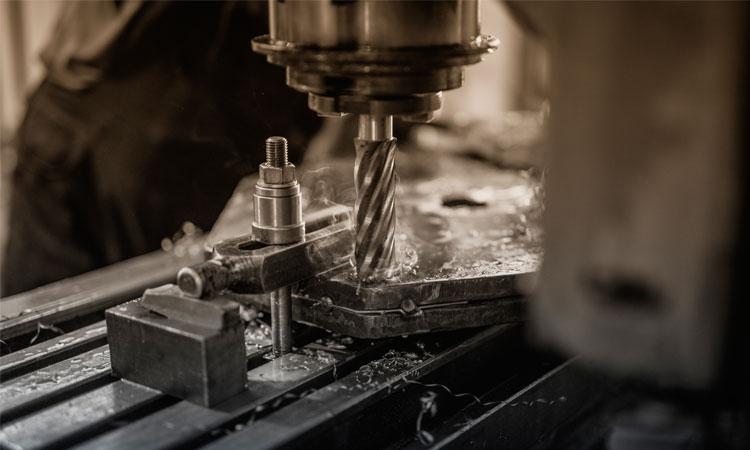India’s machining industry is undergoing a transformative phase, driven by advanced technologies, growing end-user demand, and the government’s push for indigenous manufacturing. As the backbone of sectors like automotive, aerospace, defence, and precision engineering, machining continues to play a crucial role in shaping the country’s industrial future.
Rise of CNC and Automation
The shift from conventional machining to CNC (Computer Numerical Control) machining continues to gain momentum in India. With the need for precision, repeatability, and productivity, manufacturers are investing heavily in CNC machines. According to a report by IMTMA (Indian Machine Tool Manufacturers’ Association), the Indian CNC machine tools market is projected to grow at a CAGR of 6.2% between 2024 and 2028, driven by rising demand for high-performance components.
Automation and robotics are also becoming integral to modern machining setups. Smart factories with integrated IoT (Internet of Things), real-time monitoring, and predictive maintenance systems are being adopted, particularly by Tier-1 suppliers and export-focused units. This aligns with Industry 4.0 adoption trends in India, with the smart manufacturing market expected to reach USD 27 billion by 2027.
Key Growth Sectors
- Automotive Sector:
India’s automotive industry, the fourth largest in the world, remains a major consumer of machining solutions. The shift towards electric vehicles (EVs) is bringing new demands in precision machining of components such as motor housings, battery trays, and lightweight structures. The auto component industry is expected to grow to USD 200 billion by 2026, creating significant demand for high-precision machining tools. - Aerospace & Defence:
With initiatives like “Make in India” and increased FDI in defence manufacturing, aerospace and defence are emerging as high-growth sectors. The Indian aerospace industry is projected to reach USD 70 billion by 2030, opening avenues for complex machining needs such as turbine parts, engine components, and airframe structures, often involving hard-to-machine materials like titanium and Inconel. - Medical Devices & Implants:
The precision engineering needs of the medical industry — including implants, surgical tools, and diagnostic equipment — have propelled the demand for ultra-fine machining. India’s medical device market is expected to grow at a CAGR of 15%, reaching USD 50 billion by 2030, presenting a niche but rapidly expanding market for high-tolerance machining. - Renewable Energy & EVs:
Machining for wind turbine parts, solar energy equipment, and EV components like battery cases and drive systems is on the rise. The push for renewable energy, with India targeting 500 GW of clean energy by 2030, is fostering demand for large-scale, high-accuracy machining capabilities.
Future Outlook
India’s machining sector is poised for robust growth, supported by rising domestic demand, export opportunities, and infrastructure expansion. The adoption of additive manufacturing, high-speed machining, and digital twins will further enhance capabilities and competitiveness.
With a strategic focus on innovation, skill development, and global quality standards, Indian machining companies are well-positioned to become key players in the global manufacturing ecosystem.
Image courtesy : Design by Freepik



